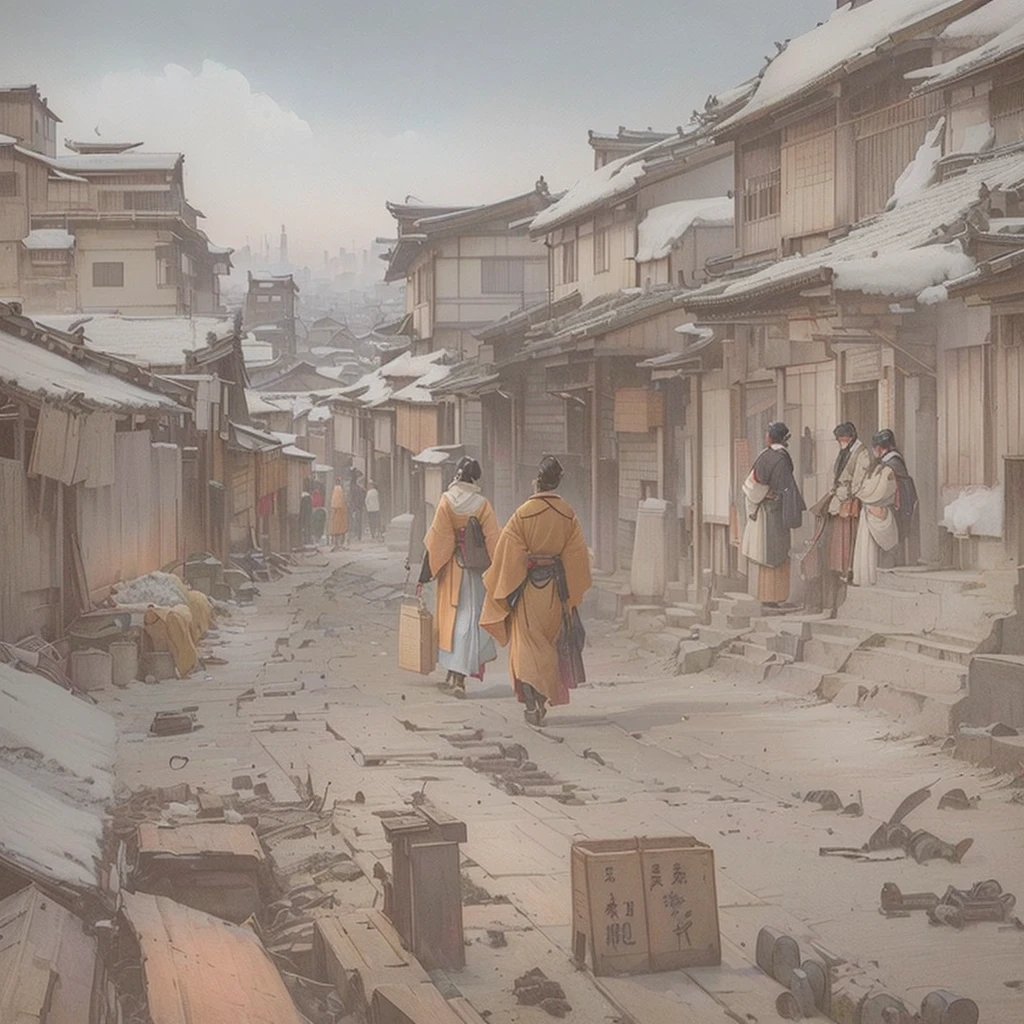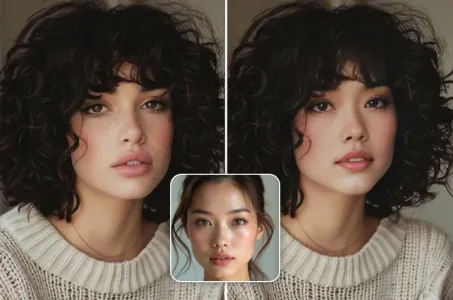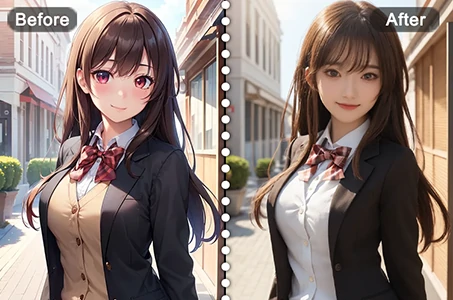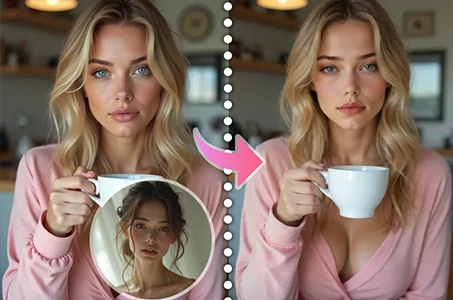There are many people walking around in a city with many buildings

创作参数
记录
提示词
复制
There are many people walking around in a city with many buildings
.,
Slums
,
Ruan Jian
,
Inspired by Anton Piek
,
Slumss
,
background is a Slums
,
Foggy Ghost Town
,
Desolate
.
Digital Illustration
,
Dusty environment
,
Dreamy city in China
,
by Kamisaka Sekka
,
dystopian Slumss
,
By Clément Cerbaud
,
by Li ZaiBlazing flames
,
fire
,
crowd
,
throng
,
freezing
,
mother warming her baby
.
Scenery and Cityscape in the Early Meiji Era After the Meiji Restoration
,
Japan underwent rapid modernization and civilization
.
Consequently
,
many changes and reforms occurred
.
Below is a detailed explanation of the scenery
,
appearance of the poor
,
occupations
,
and cityscapes in the early Meiji period (1868 to the early 1880s)
.
2
.
Appearance of the Poor Life for the impoverished and lower classes remained harsh
.
In particular
,
in urban areas
,
people migrated from rural areas or unemployed artisans gathered
,
intensifying competition in the labor market
.
Many of them struggled with poverty
,
often residing in slums or around temples
.
3
.
Occupations Meiji early Japan witnessed a diversification of occupations
.
Traditional agriculture and handicrafts were accompanied by the rise of modern industry and commerce
.
Particularly in urban areas
,
factory workers
,
shop clerks
,
and transporters increased
,
giving rise to new professions
.
However
,
many in these occupations endured harsh working conditions
.
4
.
Influence of Civilization and Enlightenment During the Meiji era
,
Western cultural influences spread rapidly
.
Changes in clothing
,
dietary habits
,
and the proliferation of Western-style architecture advanced
,
especially in urban areas
.
Conversely
,
this development posed a threat to traditional culture and lifestyles
,
resulting in societal upheaval and adaptation challenges
.
5
.
Social Change and Policy Influence While promoting modernization policies
,
the government also addressed poverty and social issues
.
Legislation for labor protection and charitable activities to aid the poor were implemented
.
Nevertheless
,
living conditions for the impoverished scarcely improved
.
The early Meiji period marked a rapid transformati
信息
模型 & 风格

模型
ReV Animated
#动漫
#场景设计
共 0 条评论
0
0
0









